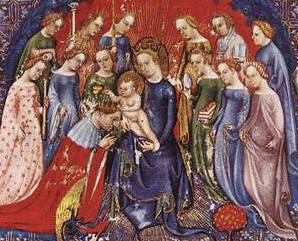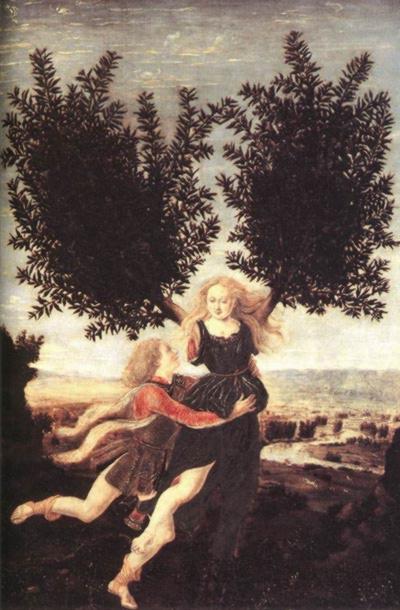I think, I've never developed a full version of the theories to the Boiardo poem, it just developed from time to time in different contexts, distributed here and there.SteveM wrote:Have you got a link to the full argument for 1487, I remember reading some fuller explanation somewhere sometime, but having searched can't find it. I do remember I found the argument rather weak, but perhaps the argument has been more fully expanded since then.Huck wrote: The Boiardo Trionfi poem is the oldest, for which we have a clear "22" as number of the trumps (rather different to the usual trumps). There are good reasons to date this poem to January 1487, wenn Lucretia d'Este, illegitimate daughter of Ercole d'Este married ... the highest trump in the Boiardo poem addressed the Roman Lucrezia.
The arguments for an earlier dating is the poem itself - for a start it is not very good, far from the qualities for which the poems of his maturity are more famous. It is full of the faults of beginners (archaic language, simplistic rhymes, commonplace phrases & themes), and also its imitation of Petrarch is typical of the poetry of his youth - c.1460's.
In the general theories about the date of the poem from poetry experts I've read both opinions, very early as you say (1461) or very late (even 1494). So I don't care (I don't claim to understand these poetry arguments), just following my own opinion, that 21 Fortezza-Lucrezia is just the highest trump and the suspicion is given, that this refers to the celebrated bride Lucretia. As there are a few (not much) confirming details, my version looks promising.
I found this today:
.Il 23 gennaio dell’anno 1487, Annibale Bentivoglio si recò dunque a Ferrara per incontrare Lucrezia e condurla a Bologna: il viaggio di andata e ritorno che il principe e il suo seguito intrapresero si svolse nella sequenza di alcune tappe rappresentative, situate nei possedimenti extraurbani della famiglia bolognese (Arienti, ms. 4603; Fortunati 1976). Il corteo nuziale, giungendo da Ferrara, entrò in città dalla porta di Galliera, per poi seguire una sorta di percorso allegorico tracciato nel tessuto urbano secondo l’intento del principe di celebrare i luoghi a lui più cari. Come abbiamo visto, ogni luogo era riferito a una Virtù in forma di apparato effimero: a porta Galliera la Speranza attendeva il beneaugurate ingresso in città della sposa, momento emblematico e rappresentativo per il consolidamento dell’alleanza estense; a ponte Reno era collocata la Carità; davanti alla chiesa della Madonna di Galliera, uno dei luoghi di culto dei Bentivoglio, la Temperanza; in piazza Maggiore, la sede del governo, si trovava la Giustizia; a piazza e palazzo della Mercanzia era la Prudenza, virtù necessaria nei commerci; in piazza di Porta Ravegnana, e in particolare verso la chiesa di San Giacomo, si trovava la Fede, che celebrava l’ingresso nel ‘quartiere bentivolesco’; a palazzo Bentivoglio, infine, la Virtù della Fortezza chiudeva il percorso
http://www.engramma.it/eOS/index.php?id ... zi_english
Fortezza looks here in the bride Trionfo like the highest (= last) virtue.
The last words of the poem:
Triumphal march of Lucretia in Bologna:Fortezza d'animo in Lucretia liete
Exequie fece: per purgar sua fama
Se uccise, e all'offensor tese atra rethe,
Dando exempio a chi 'l nome e l'honore ama.
**************
Inner strength made happy the death of
Lucretia: to clean her fame
She killed herself, and she prepared for the offender a dark net,
Giving an example to those who love their own name and honour.




